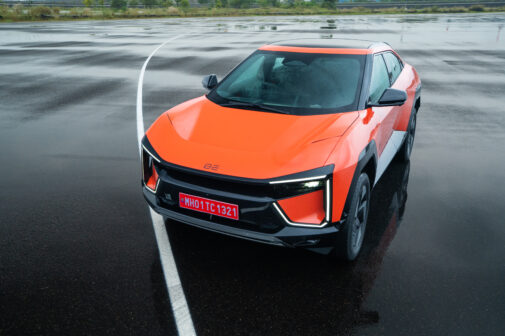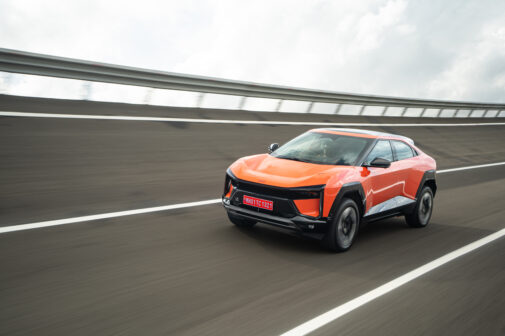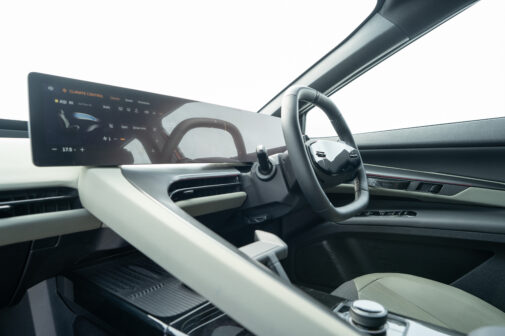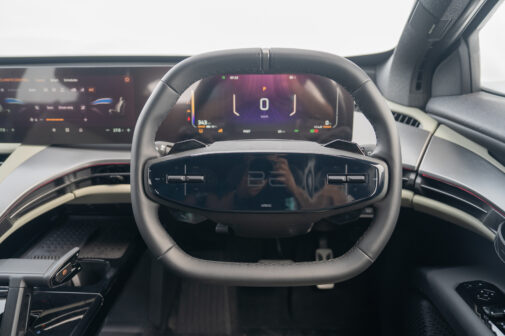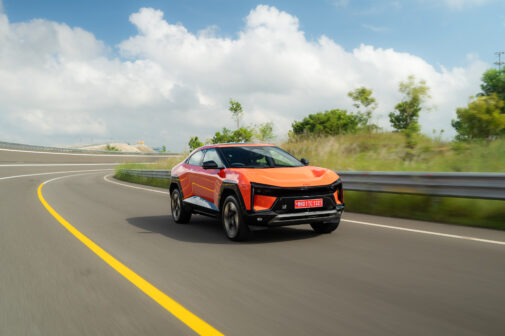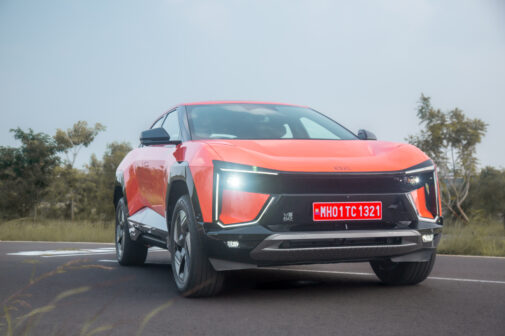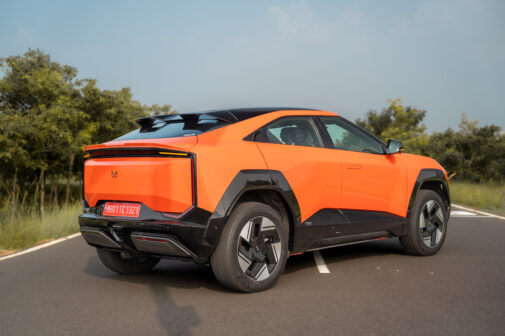Competition fuels innovation, and Mahindra has taken its time to develop an electric vehicle line-up worthy of the evolving market here. The BE 6e and XEV 9e represent Mahindra’s leap forward into this world, and they’re a far cry from earlier attempts like the eVerito, which was India’s first all-electric sedan. While it was a pioneering effort, it lacked the finesse, technology, and performance we now expect from modern EVs. Fast forward to today, and Mahindra has introduced its Born Electric series, ground-up EVs that mark a significant shift from using internal combustion engine platforms. These models, based on the new INGLO platform, promise everything – range, safety, performance, handling and features – and from what we told you about the XEV 9e earlier today, they deliver, too.
The INGLO platform is the cornerstone of Mahindra’s new EV strategy. Engineered from scratch for electric mobility, it incorporates advanced features such as semi-active dampers, a five-link independent rear suspension, and cutting-edge ‘brake-by-wire’ technology.
View this post on Instagram
The platform supports two battery options—59 kWh and 79 kWh—with the ability to charge from 20 per cent to 80 per cent in just 20 minutes, using a 175 kW DC fast charger. Mahindra claims that the 79 kWh battery delivers an ARAI-certified range of 682 km, though real-world conditions suggest a more practical range of around 500 km. This is a significant improvement over the XUV400, highlighting Mahindra’s commitment to competitive battery technology.
The platform’s versatility also allows for aerodynamic efficiencies and optimised body styles, made possible by its skateboard-like architecture. At Mahindra’s Research Valley in Chennai, we witnessed rigorous testing protocols for the platform and battery packs, including submersion, fire exposure, and high-vibration endurance. It’s clear that Mahindra is not cutting corners when it comes to durability and performance.
The BE 6e is a showstopper for sure. The production model retains the bold design cues of the concept version, featuring sharp LED DRLs, aerodynamic sculpting, and a stance that screams sportiness. A unique aero channel integrates seamlessly into the bonnet, optimising airflow and lending a futuristic aesthetic.
View this post on Instagram
The BE 6e sports massive 20-inch wheels, although the model we drove had 19-inch ones. These larger wheels not only enhance its aggressive look, but also contribute to ride stability and comfort. With a ground clearance of 207 mm and a length of 4,371 mm, the BE 6e strikes a great balance between practicality and style; it also has a generous 455-litre rear boot and a modest 45-litre front storage area, or ‘frunk’.
Get into the BE 6e, and you’re greeted by a driver-focussed cockpit with a futuristic wraparound design. Dual displays dominate the dashboard, while an illuminated partition subtly separates the driver’s zone. The drive selector, resembling something out of Star Trek, adds a touch of drama, but the glossy piano black finish around the controls is a magnet for fingerprints and scratches. The cabin layout reminds me of the current generation Corvette’s driver-focussed cabin, in a good way.
One standout feature is the inclusion of Dolby Atmos, paired with a 16-speaker Harman Kardon audio system. This combination delivers an immersive audio experience. Other features include wireless charging, an air purifier, and seamless Android Auto and Apple CarPlay connectivity powered by a Snapdragon processor. However, the interior isn’t without its quirks. There were some misaligned panels and some sub-par plastics, issues Mahindra says will be addressed. The fabric door release handles—an unconventional choice for an SUV—feel more at home in high-end sports cars and may take some getting used to.
Driving the BE 6e from Chennai to Mahindra’s proving grounds was an experience that showcased the vehicle’s versatility. The 281 bhp motor, paired with 38.74 kgm of torque, enables the BE 6e to sprint from 0 to 100 kph in just 6.7 seconds; like the XEV 9e, this is a car that will out-accelerate many ICE cars in segments above it. On highways, overtaking felt absolutely effortless, and I was tempted to floor it just to get hits of the acceleration on offer. The NVH levels were beautifully controlled, too, with barely any wind, tyre, or motor noise. In busier traffic, light throttle modulation was all that was required to easily take the car through everything.
View this post on Instagram
We had the rare opportunity to experience the BE 6e’s top speed on the high-speed oval at Mahindra’s proving grounds, maxing it out at an impressive 202 kph; this probably makes it the fastest Indian-made car in the market! Even at that velocity, the car remained rock-solid, thanks to its aerodynamic design and sturdy platform. We didn’t really have the chance to throw the BE 6e around some tight corners, but from whatever we were able to discern, the car has excellent dynamic abilities. This was quickly proved by someone else —professional rally driver Gaurav Gill, who took things to the next level, showcasing the car’s handling potential with high-speed drifts and burnouts. Watching him slide the BE 6e around like a scene straight out of Forza on Xbox illustrated its capabilities in spectacular fashion; I have never seen an EV driven like that, to be honest, and it was an eye-opening experience. The day is not far when a proper track day can be had with only EVs!
Of the two new Mahindra EVs, it’s the BE 6e that impressed me most. Its radical design makes it look like a moving concept car, which should appeal to a younger audience (it could also alienate some potential buyers). It ticks a huge number of boxes – safety, performance, features, handling and design – and it is by far the most exciting Indian-made EV yet; it rubbishes the theory that mass-market EVs are boring. At an asking price of Rs 18.9 lakh (ex-showroom India), it is also tremendous value for money, given the amount of tech and features that it packs. Whether it will be the success that Mahindra hopes remains to be seen (the winds are changing in the EV market all over the world, after all), but as a product, it knocks it out of the park.










